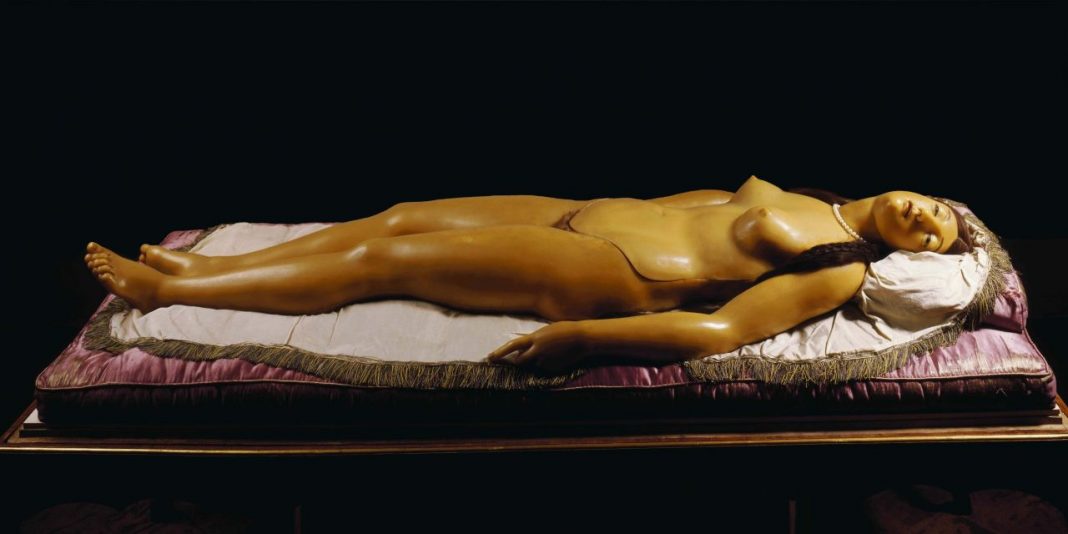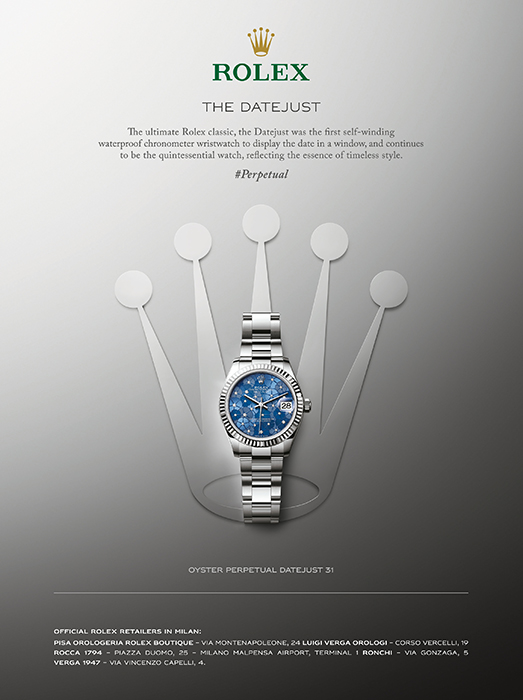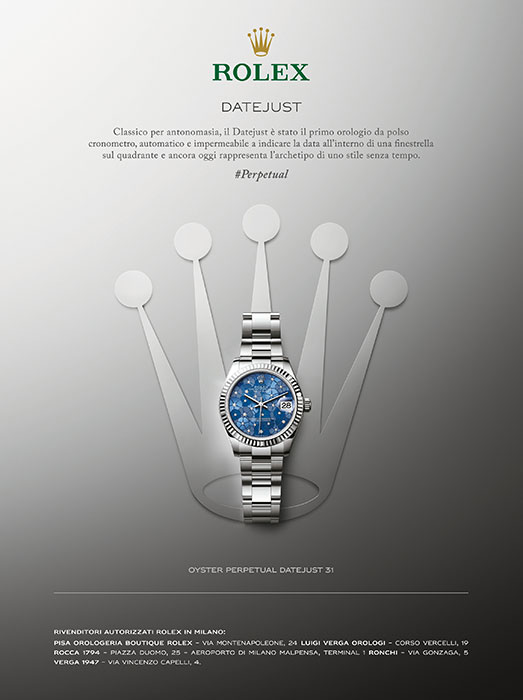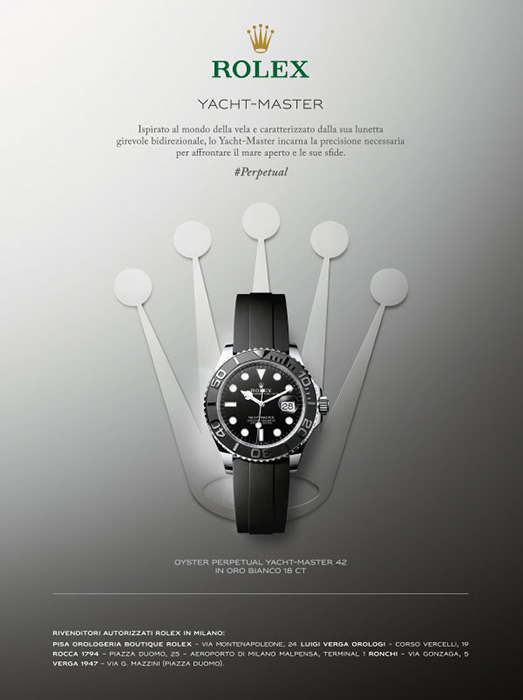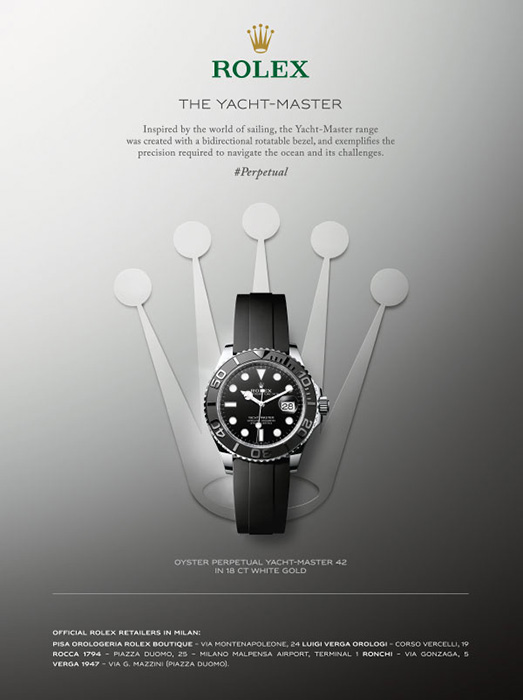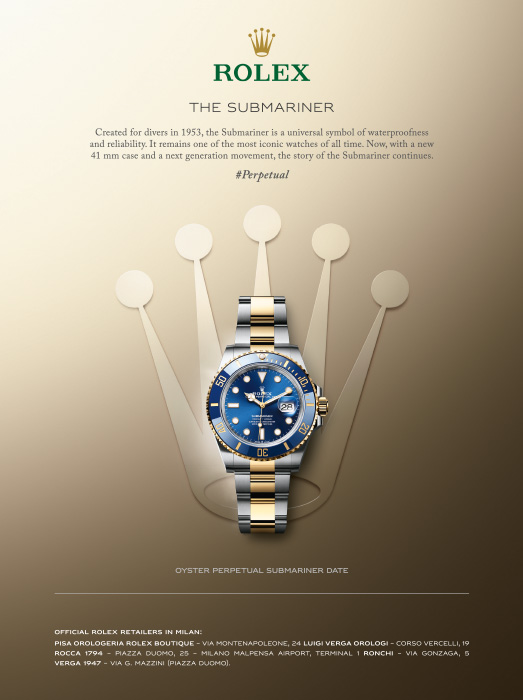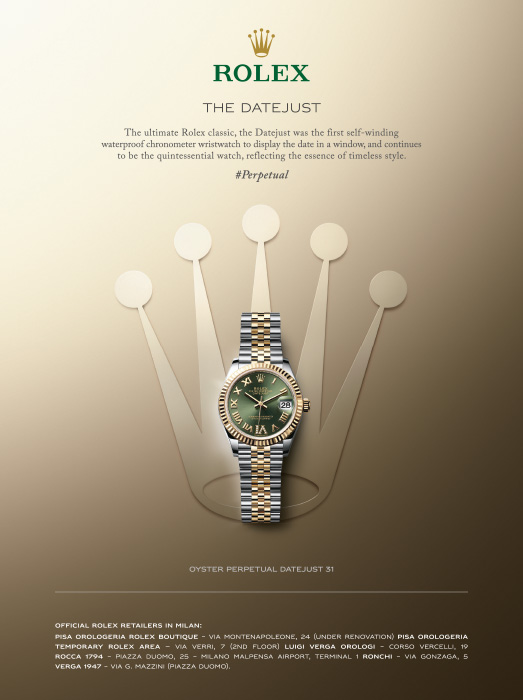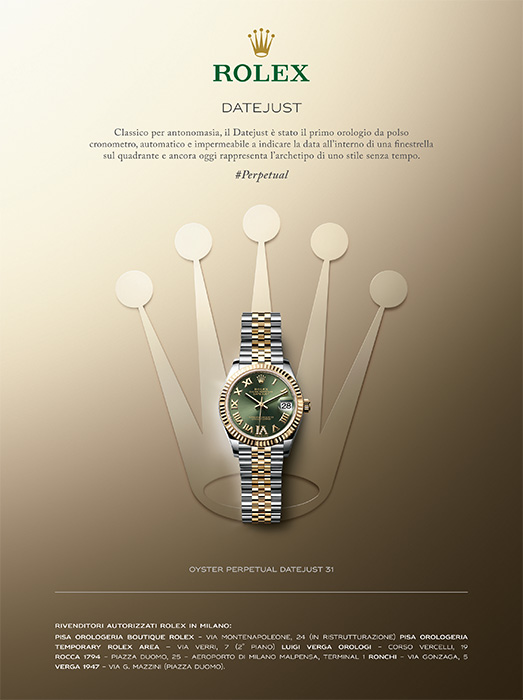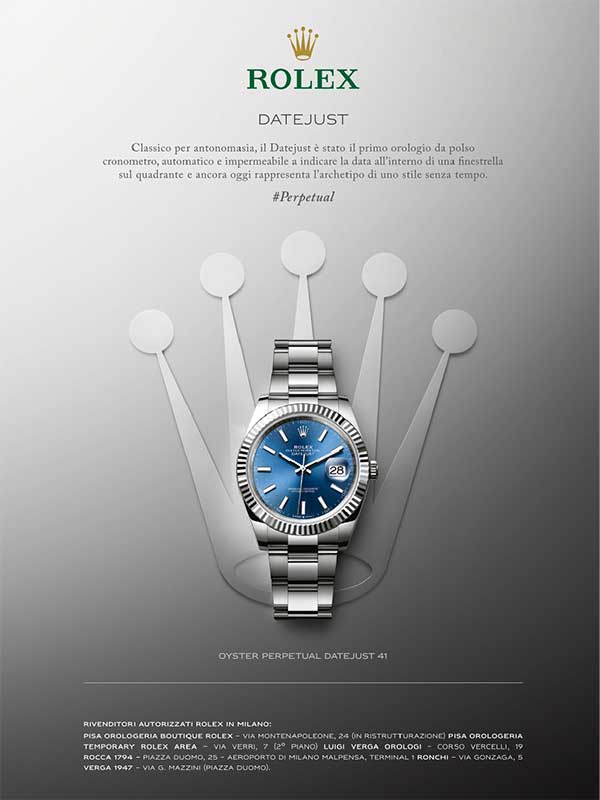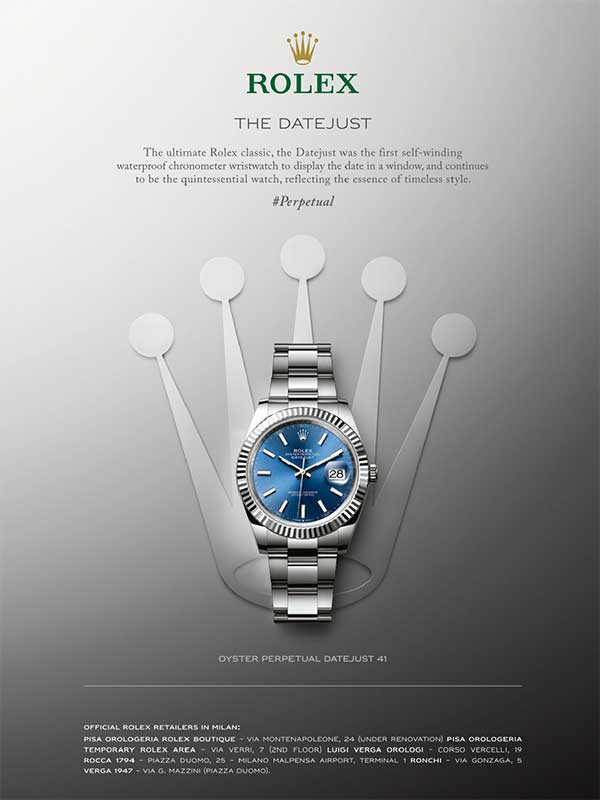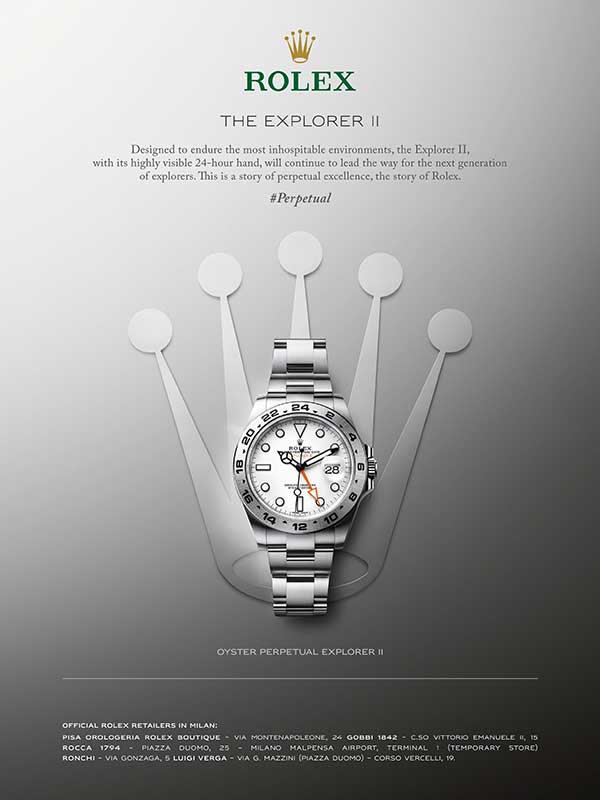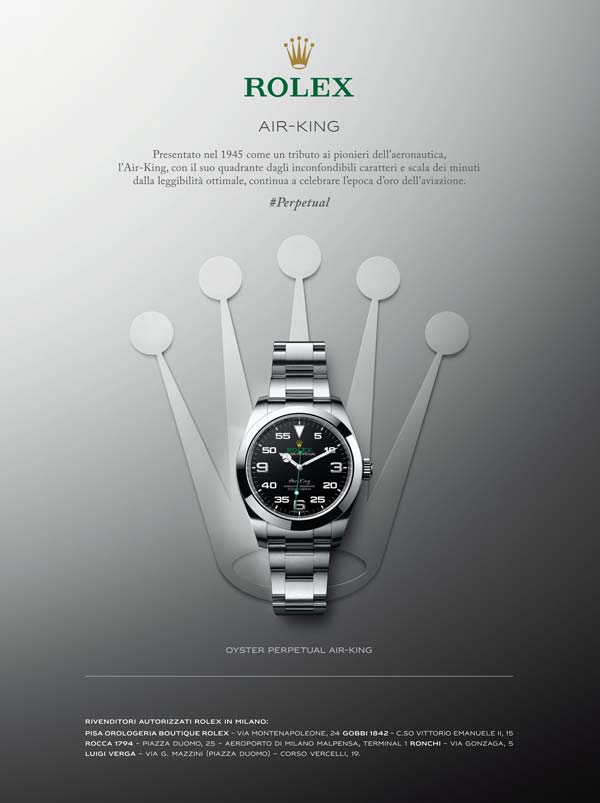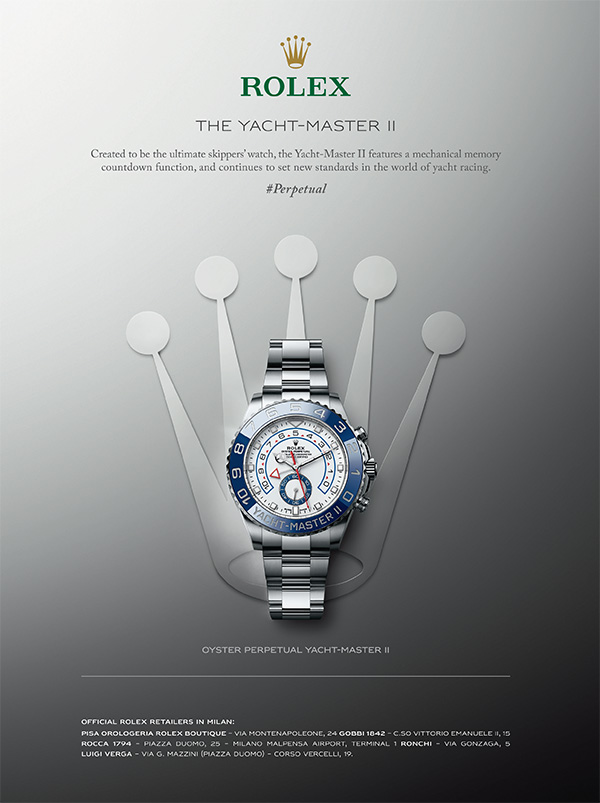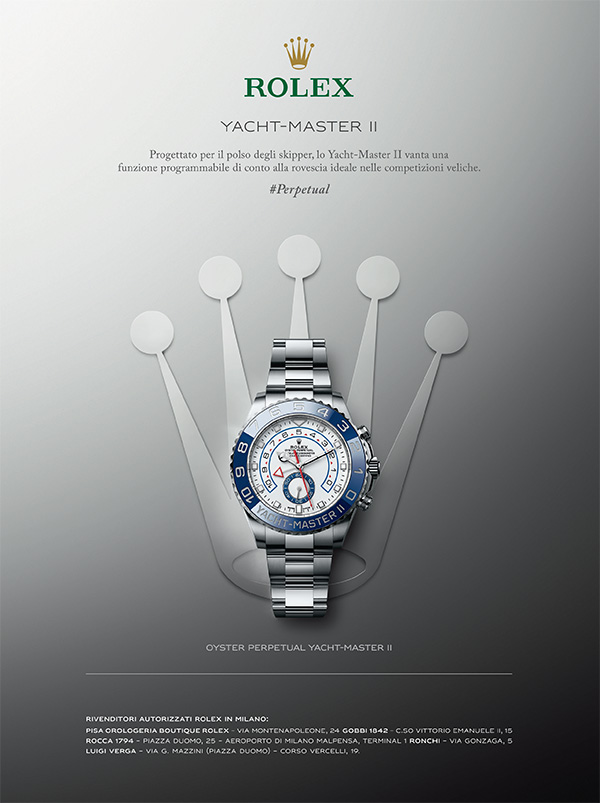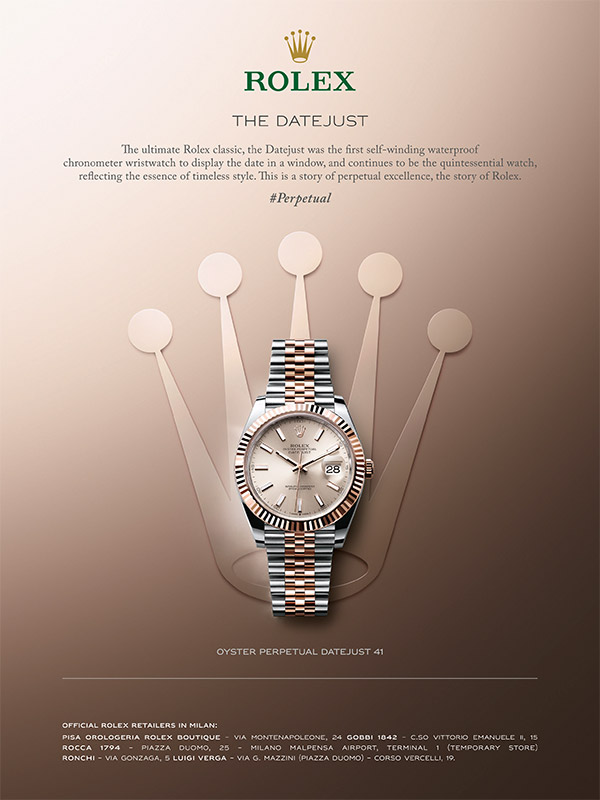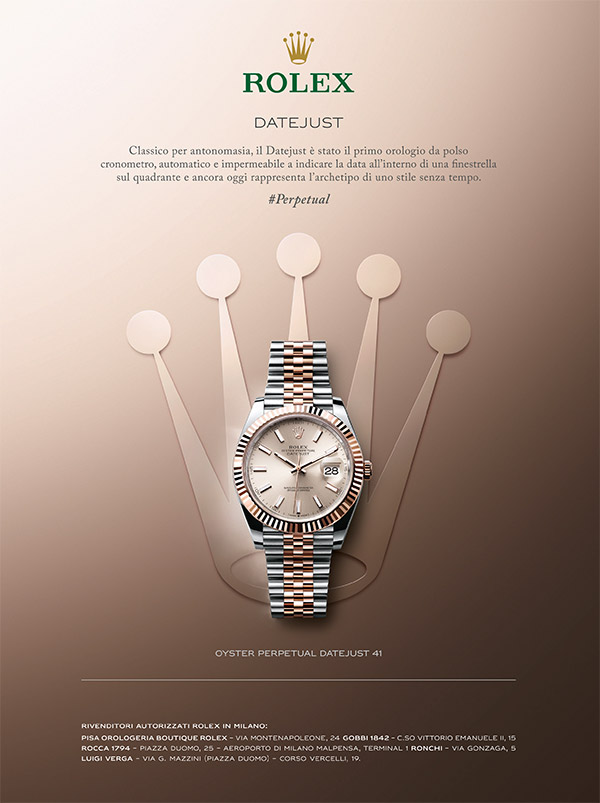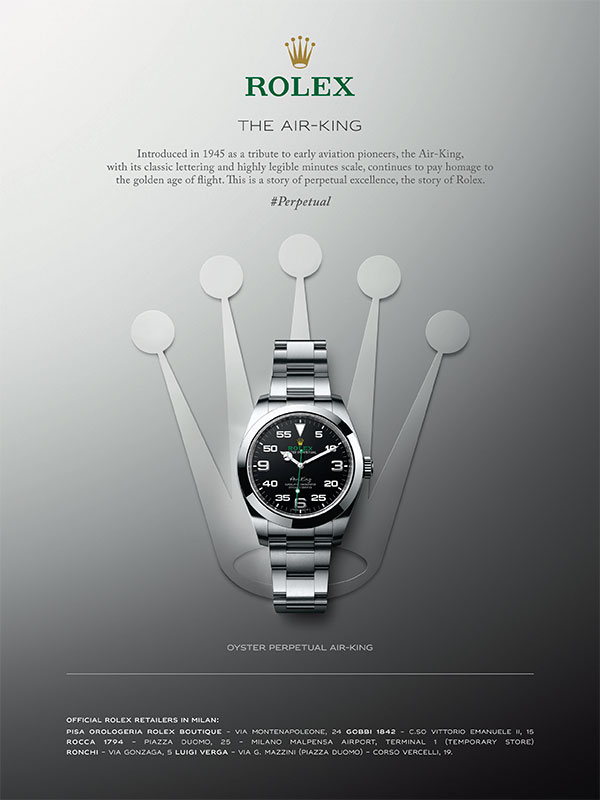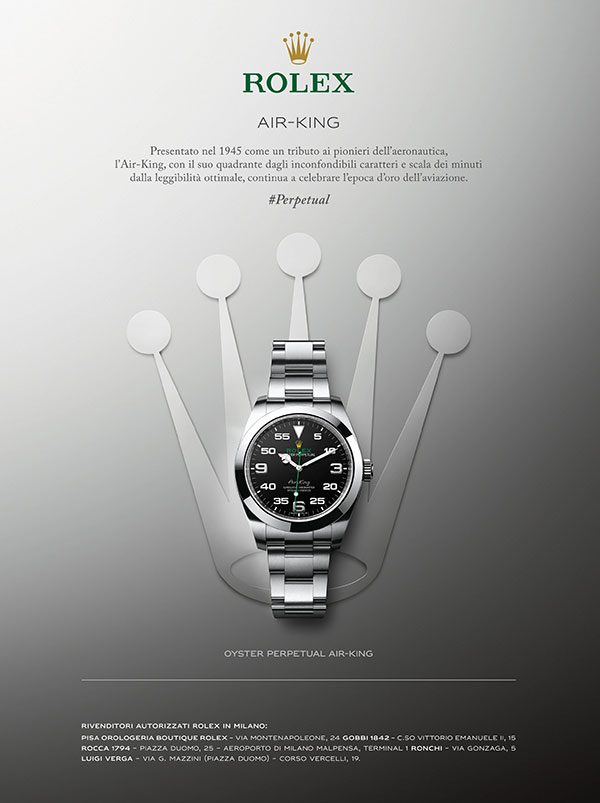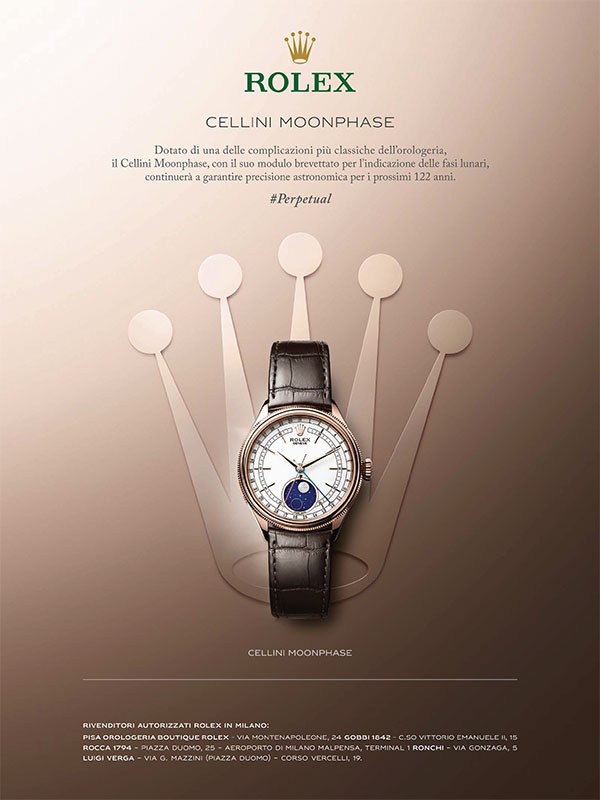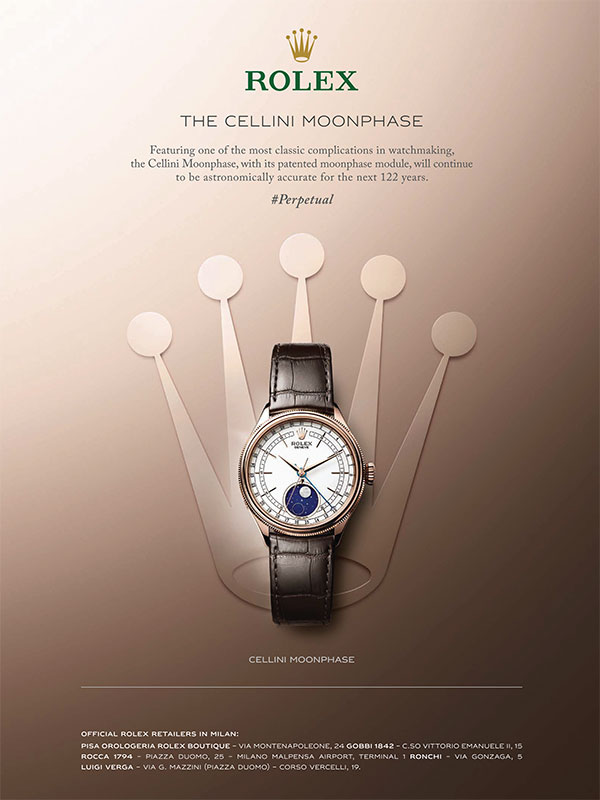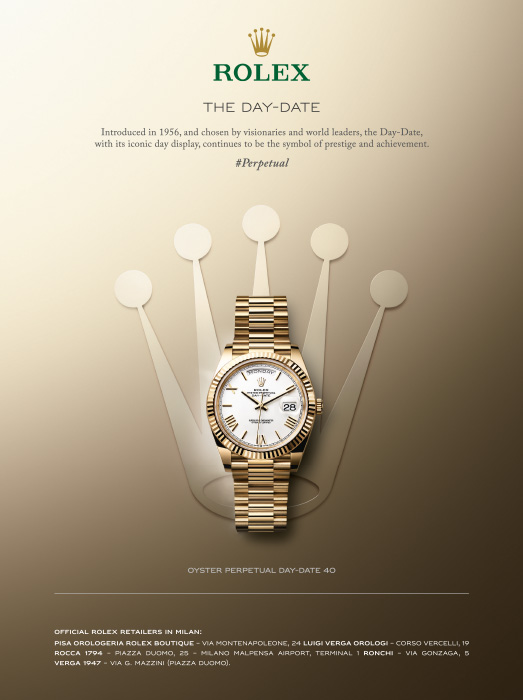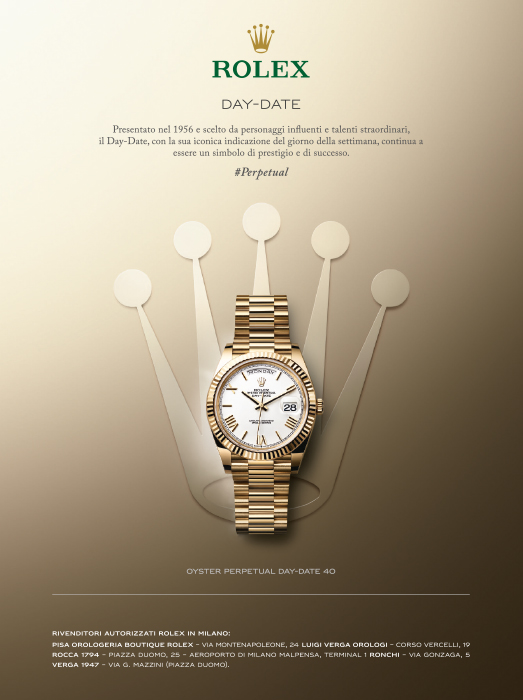Date/Time
Date(s) - 24 Mar, 2023 - 17 Jul, 2023
10:00 am - 7:00 pm
Location
Fondazione Prada
Website
www.fondazioneprada.org
Categories
“Cere Anatomiche” (Anatomical Waxes) is an exhibition at Fondazione Prada conceived in collaboration with La Specola – part of the Museum of Natural History and the University of Florence’s Athenaeum Museum System – and Canadian film director and screenwriter David Cronenberg.
“Cere Anatomiche” is divided into two parts: the scientific and artistic narratives take shape in two independent installations.
On the second floor of the Podium, waxes from the La Specola Museum are displayed following a rigorous museum approach. Thirteen 18th-century waxworks from the Florentine museum are juxtaposed with seventy-two display copies of anatomical drawings collected in nine showcases. The most interesting pieces are four reclining female figures, including the so-called “Venus,” a rare model with decomposable parts famous for its beauty.
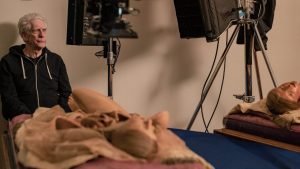
On the ground floor, the same works become the stars of an unprecedented short film made by David Cronenberg. The director introduces these four waxes into an alternate dimension, exploring themes such as the fascination with the human body and its possible mutations and contaminations.
La Specola Museum
Created in 1775 and currently closed to the public for renovations to its historic site, La Specola is one of Europe’s oldest science museums. Inside it houses more than 3.5 million animal exhibits, the world’s largest collection of 18th-century anatomical waxes and the collection of Sicilian waxmaker Gaetano Giulio Zumbo (1656-1701). The extraordinary collection of anatomical waxes (1,400 items) was made in the late 18th and early 19th centuries. The aim was to obtain a true didactic-scientific treatise on the anatomy of the human body, without the need to resort to direct observation of a cadaver.

